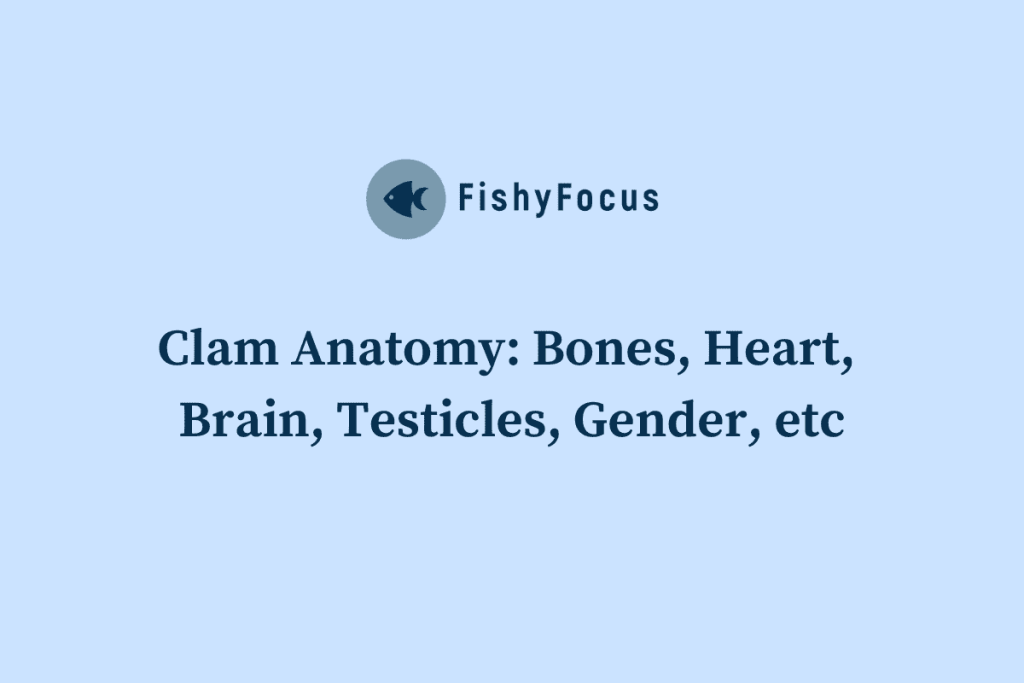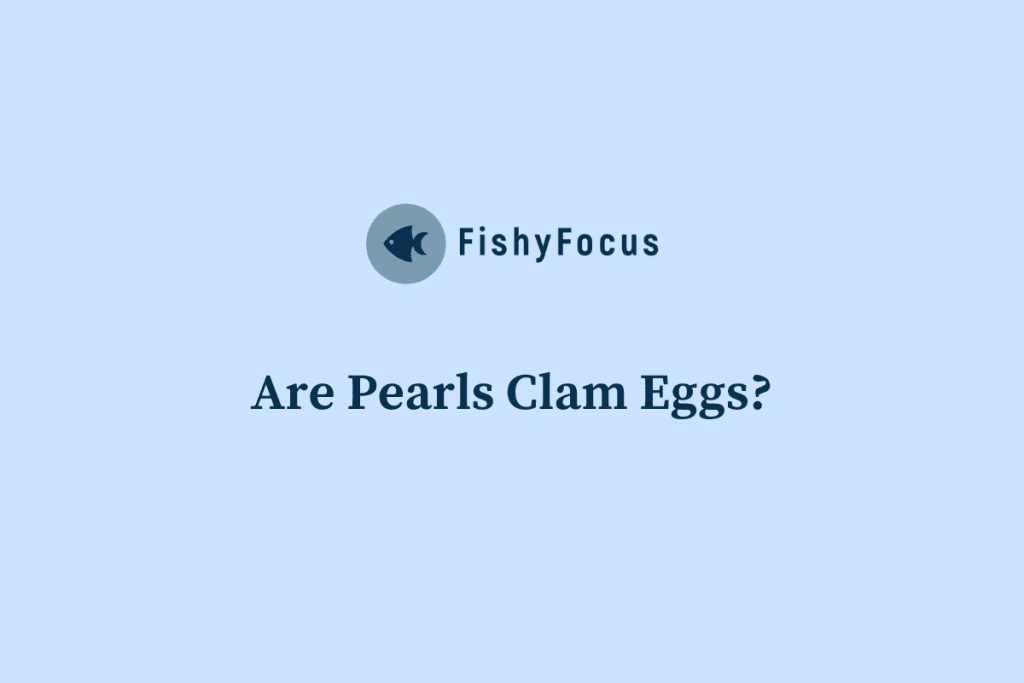Clams are fascinating creatures that play a vital role in marine ecosystems. They are bivalve mollusks that can be found in both freshwater and saltwater environments. Clams are filter feeders, meaning they extract food particles from the water by filtering it through their gills. They are an important part of the food chain, providing sustenance for many other marine organisms.
One of the most intriguing aspects of clams is the myth that they can live forever. This myth has captured the imagination of many people, leading to speculation about the secrets of their longevity. In this article, we will explore the truth behind this myth and delve into the world of clams to uncover the fascinating science behind their aging process.
Key Takeaways
- Clams are fascinating creatures that have captured the attention of scientists for their longevity.
- The myth that clams can live forever has been debunked, but they do have an impressive lifespan.
- The telomerase enzyme is the secret to clams’ longevity, allowing them to maintain their telomeres and avoid aging.
- Clams are able to survive extreme environments thanks to their ability to adapt and their hard shells.
- Environmental factors can impact clams’ lifespan, making them a valuable model for anti-aging research.
Can Clams Really Live Forever? Debunking the Myth
The myth of clams living forever has been perpetuated for centuries, with stories of clams that have supposedly lived for hundreds, if not thousands, of years. This myth likely originated from the fact that clams have an incredibly long lifespan compared to many other organisms. Some species of clams can live for over 100 years.
However, scientific evidence has debunked the notion that clams can live forever. Researchers have studied the growth rings on clam shells to determine their age and have found that while clams can live for a long time, they do eventually die. The oldest clam ever recorded was a quahog clam found off the coast of Iceland, which lived to be 507 years old.
The Secret to Clams’ Longevity: Telomerase Enzyme
While clams may not be immortal, they do possess some remarkable adaptations that allow them to live for such extended periods. One key factor in their longevity is the presence of an enzyme called telomerase.
Telomerase is an enzyme that plays a crucial role in the aging process. Telomeres are protective caps at the ends of chromosomes that shorten with each round of cell division. As telomeres shorten, cells become more susceptible to damage and eventually reach a point where they can no longer divide. This process is known as cellular senescence.
Clams, however, have high levels of telomerase activity, which allows them to maintain the length of their telomeres even as they age. This helps to prevent cellular damage and allows clams to continue dividing and regenerating tissues throughout their long lives.
The Role of Telomeres in Clams’ Aging Process
Telomeres are essential for maintaining the stability and integrity of chromosomes during cell division. They act as protective caps, preventing the loss of genetic information and the fusion of chromosomes. However, with each round of cell division, telomeres naturally shorten.
As telomeres shorten, cells become more susceptible to DNA damage and other forms of cellular stress. This can lead to a decline in tissue function and an increased risk of age-related diseases. Eventually, cells reach a point where their telomeres are critically short, triggering cellular senescence or programmed cell death.
In clams, the presence of telomerase helps to counteract this shortening process. Telomerase adds DNA sequences to the ends of telomeres, effectively lengthening them and preventing cellular damage. This allows clams to maintain their tissue function and continue to regenerate throughout their long lives.
How Do Clams Survive Extreme Environments?
Clams are incredibly resilient creatures that can survive in a wide range of environments, including extreme conditions that would be inhospitable to many other organisms. They can be found in both freshwater and saltwater habitats, from the deep sea to intertidal zones.
One reason for their ability to survive in extreme environments is their hardy shells. Clam shells are made of calcium carbonate, which provides protection against predators and environmental stressors. The shells also help to maintain the internal environment of the clam, providing a buffer against changes in temperature, salinity, and pH.
Clams have also developed adaptations that allow them to survive in low-oxygen environments. Some species of clams can extract oxygen from the water using specialized gills, while others can survive for extended periods without oxygen by entering a state of metabolic dormancy.
The Impact of Environmental Factors on Clams’ Lifespan
While clams have evolved to survive in extreme environments, their lifespan can still be influenced by various environmental factors. Temperature, for example, plays a significant role in the growth and development of clams. Warmer temperatures can accelerate metabolic processes and increase the rate of aging, while colder temperatures can slow down these processes and extend lifespan.
Pollution is another environmental factor that can impact clam lifespan. Pollution can introduce toxins into the water, which clams can absorb through their gills and accumulate in their tissues. This can lead to cellular damage and an increased risk of disease.
Studying clams and their response to environmental factors can provide valuable insights into the impact of these factors on human health. Clams are often used as bioindicators, meaning their health and survival can indicate the overall health of an ecosystem. By studying how clams respond to pollution or changes in temperature, researchers can gain a better understanding of how these factors may affect human health.
Clams as a Model for Anti-Aging Research
Clams’ longevity and their ability to maintain telomere length through telomerase activity make them an ideal model for anti-aging research. Understanding the mechanisms behind clams’ extended lifespan could potentially lead to new treatments for age-related diseases in humans.
Researchers are currently studying clams to gain insights into the aging process and identify potential interventions that could slow down or reverse aging. By manipulating telomerase activity in clams, scientists hope to uncover new strategies for extending human lifespan and improving health in old age.
The Potential Applications of Clam Research in Human Health
Research on clams has the potential to have a significant impact on human health. By studying the mechanisms behind clams’ longevity, scientists may be able to develop new treatments for age-related diseases such as cancer, cardiovascular disease, and neurodegenerative disorders.
Understanding the aging process in clams could also help us gain insights into the aging process in humans. By comparing the similarities and differences between clam and human telomerase activity, researchers may be able to identify key factors that contribute to aging and develop interventions to slow down or reverse the aging process.
The Ethics of Studying Clams for Longevity Research
When conducting research on clams for longevity purposes, it is essential to consider the ethical implications. Researchers must ensure the humane treatment of clams and minimize any potential harm or stress caused during experiments.
This can be achieved by following ethical guidelines for animal research, such as providing appropriate housing conditions, minimizing pain and distress, and using non-invasive techniques whenever possible. Researchers should also consider the impact of their studies on wild clam populations and take steps to mitigate any negative effects.
The Future of Clam Research and Longevity Science
Clams are truly remarkable creatures that have captivated scientists and researchers for centuries. While they may not live forever, their longevity and unique adaptations make them an invaluable model for studying the aging process and developing interventions for age-related diseases.
As research on clams continues to advance, we can expect to gain a deeper understanding of the mechanisms behind aging and potentially unlock new strategies for extending human lifespan and improving health in old age. The fascinating world of clams holds many secrets that could revolutionize our understanding of longevity science and pave the way for a healthier and longer future.
FAQs
What is the article about?
The article is about the possibility of clams living forever.
Can clams really live forever?
No, clams cannot live forever. However, some species of clams have been known to live for over 500 years.
What is the oldest recorded age of a clam?
The oldest recorded age of a clam is 507 years old. This was a specimen of the ocean quahog clam found off the coast of Iceland.
How do clams live for so long?
Clams have a very slow metabolism and a low rate of cell division, which allows them to live for a long time. They also have the ability to repair damaged DNA, which helps to prevent age-related diseases.
Do all species of clams have the ability to live for a long time?
No, not all species of clams have the ability to live for a long time. The ability to live for a long time is dependent on a variety of factors, including the species of clam, the environment in which it lives, and its genetics.
What is the significance of clams living for a long time?
The study of clams that live for a long time can provide insights into the aging process and the mechanisms that allow some organisms to live longer than others. It can also help scientists to develop new treatments for age-related diseases.



